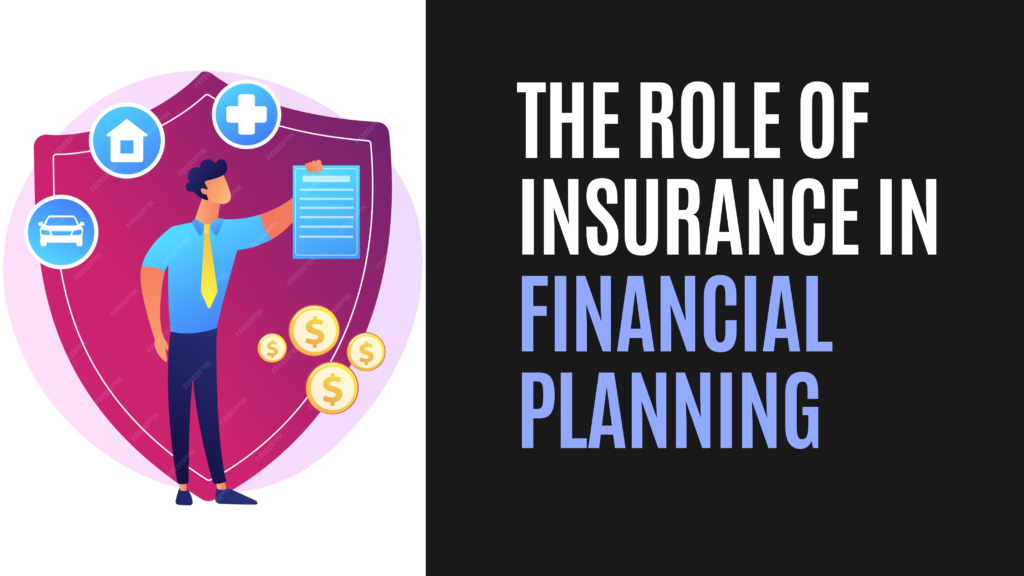An Unbiased View of Pacific Prime
An Unbiased View of Pacific Prime
Blog Article
The 30-Second Trick For Pacific Prime
Table of ContentsNot known Incorrect Statements About Pacific Prime Pacific Prime Things To Know Before You Get ThisA Biased View of Pacific PrimeThe Definitive Guide to Pacific Prime
In a lot of states, the insurance company is required to send you a duplicate of the changes to your plan. It is necessary that you read Recommendations or Riders so you understand exactly how your plan has actually altered and if the policy is still sufficient to fulfill your demands. To get a duplicate of your insurance plan, please call your insurance policy representative or firm.
The Institute of Medicine (IOM) Committee on the Effects of Uninsurance launches an extensive evaluation of proof that addresses the significance of health insurance policy protection with the magazine of this record. Coverage Matters is the very first in a series of 6 records that will be issued over the following 2 years recording the fact and effects of having an estimated 40 million individuals in the United States without health and wellness insurance coverage.

What Does Pacific Prime Do?
The goal of this collection of research studies is to redouble plan focus on a longstanding issue. Complying with the longest economic expansion in American history, in 1999, an approximated one out of every six Americans32 million adults under the age of 65 and even more than 10 million childrenremains uninsured (Mills, 2000).

10 percent of the population make up 70 percent of health care expenditures, a connection that has actually continued to be constant over the previous 3 decades (Berk and Monheit, 2001) - global health insurance. Thus health insurance coverage proceeds to offer the feature of spreading risk even as it progressively funds routine treatment. From the viewpoint of health treatment providers, insurance lugged by their patients assists protect an earnings stream, and communities take advantage of monetarily sensible and secure wellness treatment specialists and organizations
Government offers medical insurance to populations whom the exclusive market might not serve successfully, such as impaired and seniors, and populaces whose access to healthcare is socially valued, such as children and expectant women. The ultimate ends of medical insurance protection for the specific and areas, including office neighborhoods of staff members and employers, are enhanced health outcomes and lifestyle.
The Main Principles Of Pacific Prime
Workers place health insurance policy initially without a doubt in significance amongst all the advantages supplied in the workplace (Salisbury, 2001). Although there have actually been sizable financial investments of individual and public funds to provide wellness insurance, many individuals still have no coverage. Regardless of extensive coverage of survey findings and health treatment research results, the public remains confused and mistaken regarding Americans without medical insurance and the effects of doing not have coverage.

Without concern, the intricacy of American healthcare funding devices and the riches of sources of info contribute to the general public's confusion and uncertainty regarding medical insurance data and their interpretation. This record and those that will comply with goal to distill and offer in conveniently easy to understand terms the extensive research that births on inquiries of wellness insurance policy coverage and its value.
Fifty-seven percent of Americans polled in 1999 thought that those without medical insurance are "able to get the treatment they require from medical professionals and healthcare facilities" (Blendon et al., 1999, p. 207). In 1993, when nationwide interest was focused on the issues of the uninsured and on pending healthcare regulation, simply 43 percent of those polled held this idea (Blendon et al., 1999).

They also obtain fewer precautionary services and are much less most likely to have routine care for persistent problems such as hypertension and diabetic issues. Persistent illness can result in costly and disabling problems if they are not well managed (Lurie et al., 1984; Lurie et al., 1986; Ayanian et al., 2000). One nationwide survey asked greater than 3,400 grownups regarding 15 very serious or somber conditions.
A Biased View of Pacific Prime
Added proof exists later in this phase in the conversation of insurance coverage and accessibility to wellness treatment. https://slides.com/pacificpr1me. People without health insurance coverage are young and healthy and balanced and pick to go without insurance coverage. Virtually fifty percent (43 percent) of those checked in 2000 thought that people without health and wellness insurance coverage are most likely to have wellness troubles than individuals with insurance coverage
Citizens and plan makers in emphasis group discussions identify those without insurance as youths who have the opportunity to be covered and feel they do not need it (Porter Novelli, 2001). Contrasted to those with a minimum of some private coverage, the without insurance are much less most likely to report being in outstanding or excellent health (Company for Health Care Study and Quality, 2001).
RESOURCE: Facility for Cost and Funding Research Studies, Agency for Health Care Research and Quality, based on MEPS data. Young person in between 19 and 34 are much more likely to do not have health and wellness insurance than any various other age group. This is chiefly because they are less typically qualified for employment-based insurance coverage due to the nature of their job or their short tenure in it.
The assumption that people without insurance have better-than-average health and wellness follows from puzzling the fairly young age account of the without insurance with the far better health, usually, of younger individuals. This covers the web link between health and wellness condition and wellness insurance coverage. For those without accessibility to work environment health and wellness insurance policy, inadequate wellness is a possible barrier to purchasing nongroup coverage because more tips here such coverage might be very valued, leave out pre-existing conditions, or be simply unavailable.
Report this page